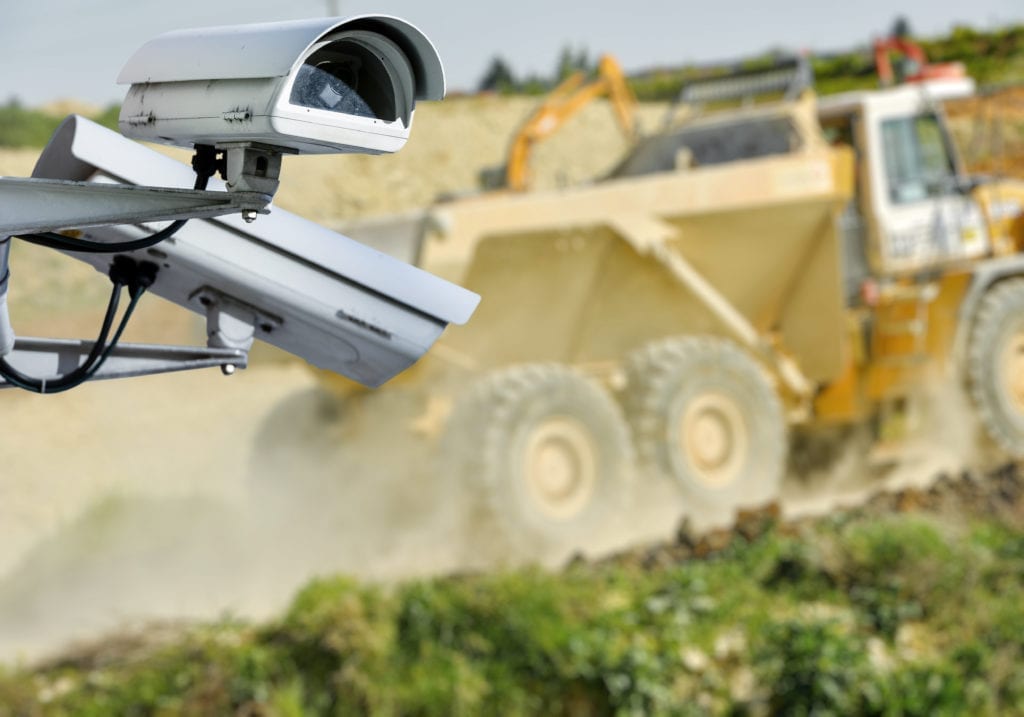 Tool, equipment and material theft is one of the major challenges crew leaders face when it comes to securing construction sites. Leaving assets out in the open makes them vulnerable to being stolen, which in turn can hinder your bottom line.
Tool, equipment and material theft is one of the major challenges crew leaders face when it comes to securing construction sites. Leaving assets out in the open makes them vulnerable to being stolen, which in turn can hinder your bottom line.
Not only does theft result in high replacement costs, but it often leads to downtime that results in costly delays, increased insurance premiums and potential fines if deadlines aren’t met. Due to a lack of proper security and loss prevention practices, many job sites are easy targets, which is why it’s crucial to implement useful strategies that will help keep your assets secure.
Establish a theft prevention policy
There are many people who could commit theft, and while you do your best to hire exemplary employees, the first line of defense is having a theft prevention policy in place that ensures crew members are made aware of the consequences of stealing. Your written plans should assign supervisory responsibilities and encourage awareness to prevent on-site criminal activity.
Whether it’s borrowing tools after hours or even taking scrap material, it’s important to have a zero-tolerance policy. As a preliminary measure, when hiring, conduct detailed background checks of workers to see if they have a track record of stealing.
As a construction crew leader, it’s also important for you to remain present and vigilant. Your employees should know you’re observing them. You can show this by commenting regularly on job details and team progress. If people know you’re watching, they’ll be less likely to steal.
Take proper security measures
During off hours, equipment should be stored in an area that’s as protected and out of site as possible. Have designated storage areas set up for your crew members to utilize.
For heavy equipment, rather than moving from place to place, it can be helpful to remove batteries or wheels, initiate immobilizing locks and lower blades and buckets. You can also install alarms, fuel and ignition cut-off switches and GPS tracking devices.
Proper lighting, high-quality cameras, perimeter fencing, motion sensors and strong door and gate locks also go a long way in securing construction sites. If possible, maintain one entry point to the job site, requiring the proper credentials to enter. Make sure your security infrastructure and signage are visible to better deter thieves from entering your site.
Remember, recordkeeping and inventory logging is necessary. It’s vital to know who comes and goes on your construction site. This can be accomplished by setting up a simple database that shows you who had access to equipment and when.
Engraving and registering equipment can also be helpful. Companies like National Equipment Register make it easier for law enforcement to recover stolen items. It also helps to let law enforcement know when you’re starting a project, so they can be mindful of patrolling the area.
Additionally, do your best to lock up all tools at the end of the day. Learn more about securing tools with job site trailers and containers.
Plan deliveries wisely
If expensive materials are delivered to your job site and there is no one there to secure them, you risk theft. That’s why it’s important to plan deliveries carefully and practice good communication with your crew members.
Try not to keep an excess of supplies sitting around. Purchase only what you need when you need it. Construction sites are often large and complex spaces, so make material management easier, it helps to work with the proper professionals.
Takeaways: How to go about securing construction sites
You have a lot to protect on your construction sites – tools, equipment and material that, if stolen, could significantly hinder your bottom line. Be sure to follow the strategies in this blog post to secure your job site.
Related posts
10 keys to success in a construction company | Border States
Construction night work plan | Best practices for crews operating in the dark